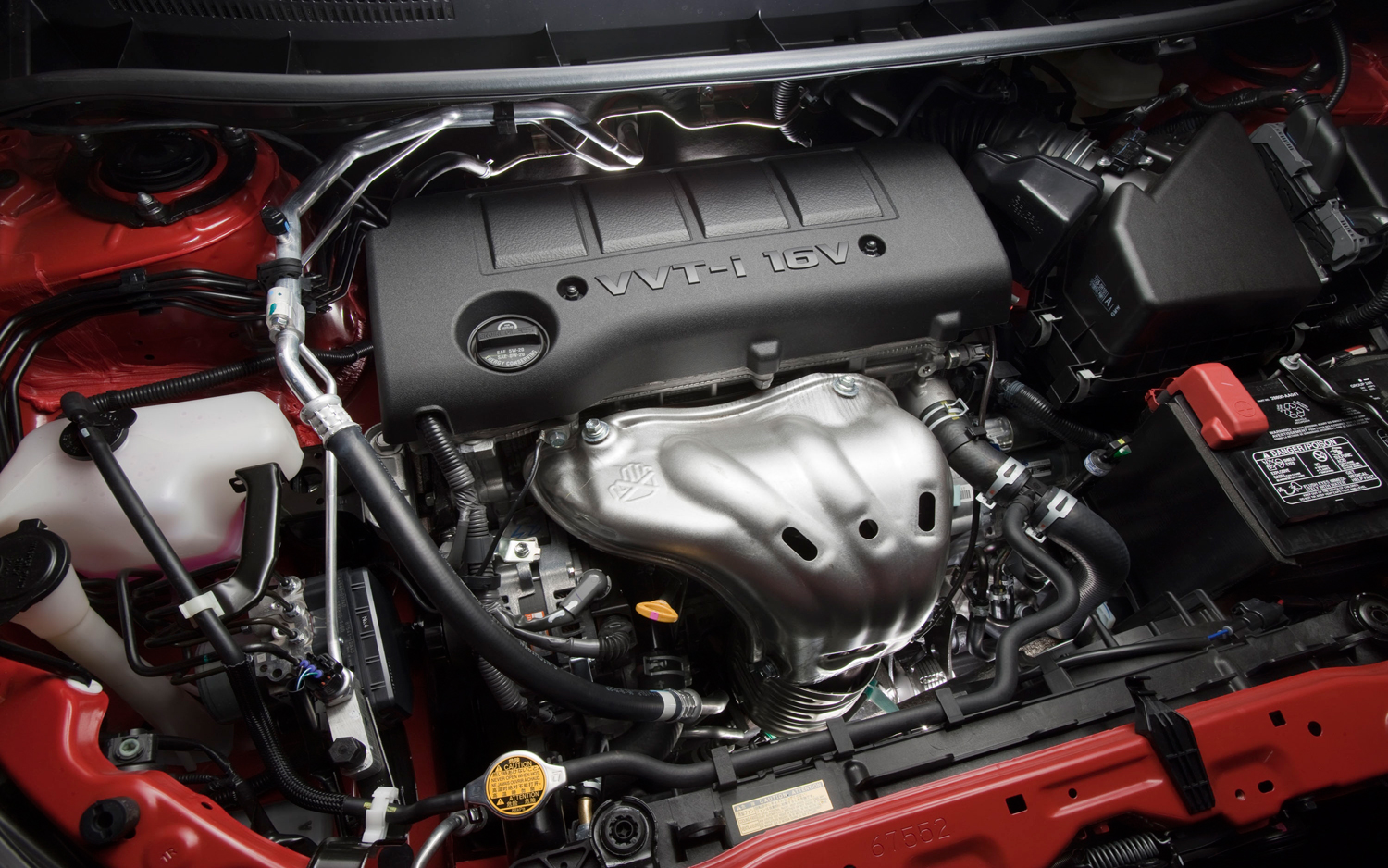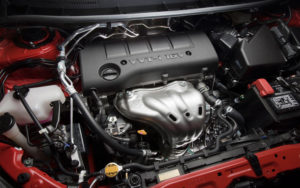Many vehicles in the Philippines such as the Toyota Altis have two engine forms: diesel and gas engines. However, not many people are not sure how to differentiate the two, and why it matters. Here’s a quick guide to get you in the know.
What are the similarities between the two engines?
Truthfully, gasoline engines and diesel engines are not that different from one another. Both of them are classified as “internal combustion engines,” which have been designed to turn fuel – a form of chemical energy – into mechanical energy.
This mechanical energy is later being used to move pistons in a linear fashion inside cylinders to make your car’s tires move. Both also use combustions or a series of small explosions in order to convert their fuel into energy.
What occurs in engines during each stroke?
The engines go through different explosion processes during their combustion cycle.
- Intake Stroke – This is the first stroke that happens in both gasoline and diesel engines. A gasoline engine allows fuel and air to enter the piston during the intake stroke. These two components will then be mixed before they even reach the chamber, whereas diesel engines would only allow air to enter during the initial stage.
- Compression Stroke – During this stage, the cylinders’ contents will be compressed. Diesel engines would allow the compressed air inside the cylinders to be heated up to 540 degrees Celsius. Gasoline engines, however, would not allow its compression ratio to be higher than the diesel engines’.
- Ignition Stroke – The mixture of compressed fuel and air in a gasoline engine would be ignited during this downward stroke. A spark plug would be assisting the piston light up this mixture. Diesel engines, on the other hand, inject fuel directly into a cylinder at the start of this stroke. They would not need a spark plug to light up the mixture for it spontaneously ignites.
- Exhaust Stroke – Gasoline and diesel engines have no particular differences during the final stroke. Both of them merely force the exhaust to exit through the valve in the final step of the combustion cycle.
What are the other major differences between the two engines?
There are two more significant differences between them, namely;
- Higher Compression Leads – The diesel engine compression ratio would be much higher than a gasoline engine. This would mean that an engine running on diesel has greater power and is more fuel-efficient. This is because it spontaneously ignites the mixture of fuel and air – which leads to fewer engine knocking and less excessive heat.
- Computer Control and Glow Plugs – Today, diesel engines no longer use electrically heated wires or glow plugs to heat their cylinders’ interior (unlike gasoline engines). Technological advanced diesel engines now use computer control to inject fuel into these cylinders in order to allow a greater compression of the air during the compression stroke. This means that they no longer have to deal with cold starting issues.
Those are the major differences between the gas and diesel engines. Next time you are thinking about buying a new car, you’ll be able to better understand your discussions with your friendly car dealer.


